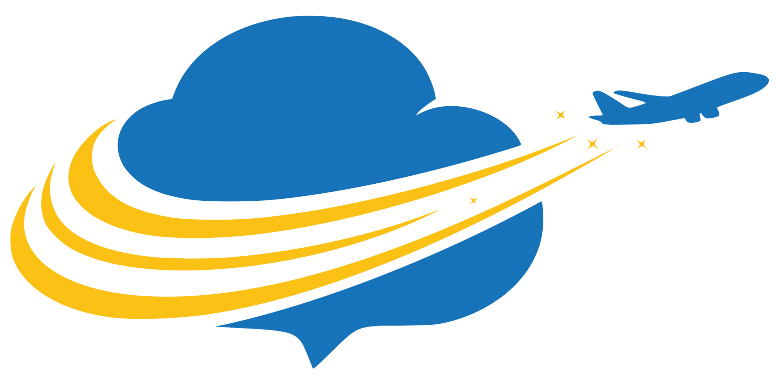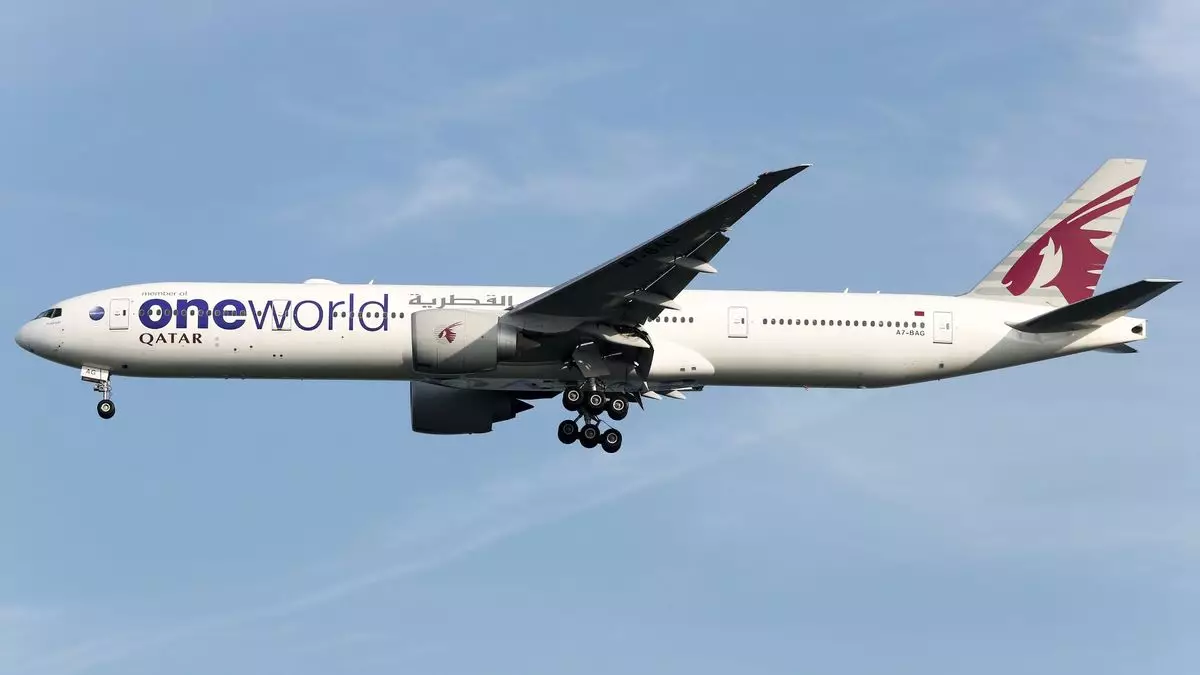In the fiercely competitive airline industry, the promise of seamless connectivity remains the ultimate game-changer. Oneworld’s ambitious goal to merge all 15 member airlines onto a centralized technology platform by year’s end signifies a major leap forward in enhancing passenger convenience. This initiative isn’t merely about technological upgrade; it’s a strategic move aimed at elevating the entire travel ecosystem, fostering loyalty, and competing robustly against rivals like SkyTeam and Star Alliance. The core vision is clear: simplify the complex tapestry of multi-airline travel, eradicating friction points that have traditionally challenged passengers—particularly with check-in processes, baggage management, and lounge access.
Technological Innovation as a Competitive Edge
At the heart of this overhaul lies the transformative potential of integrated systems. Initially, Oneworld aims to enable passengers to access boarding passes across multiple airlines through their preferred apps, creating a frictionless boarding experience. Looking beyond, the future promises cross-airline baggage tracking and streamlined lounge services, which could revolutionize the traveler’s journey from check-in to destination. Such developments could set new industry standards, positioning Oneworld as a true innovator committed to passenger-centric solutions. However, historically, Oneworld has lagged behind SkyTeam’s near-universal multi-airline check-ins, highlighting the challenge of catching up but also emphasizing the importance of rapid, decisive action now under CEO Nat Pieper’s leadership.
The Race for Integration: Challenges and Progress
While the ambition is admirable, execution remains critical. Progress has been mixed; only eight airlines have currently brought their systems into the fold, with Malaysia Airlines and Sri Lankan Airlines pioneering the initiative late last year. Major players like Qatar Airways, American Airlines, and British Airways are leading the charge, with the latter two slated for full integration by the end of summer. American Airlines, providing over 43% of Oneworld’s capacity, underlines the strategic importance of swift integration for maintaining influence. Yet, the alliance’s pace reflects a delicate balance—mistrust, technical hurdles, and differing corporate priorities have complicated matters. Despite these obstacles, there is palpable peer motivation among CEOs to accelerate the process, driven partly by the competitive pressures intensifying from rivals employing similar tech solutions.
Implications for the Future of Airline Alliances
This technological consolidation could redefine alliance dynamics, transforming Oneworld from a loose grouping of carriers into a tightly integrated network. Passengers will expect and demand this level of integration as standard, especially amid the ongoing digital revolution in travel. The successful implementation could elevate Oneworld’s reputation, reinforce loyalty, and attract new customers seeking hassle-free, unified travel experiences. More than a mere platform upgrade, this represents a fundamental shift in how airline alliances function—moving from cooperative partnerships to cohesive, synchronized travel ecosystems that prioritize passenger ease and operational efficiency. If executed well, Oneworld’s bold move might reshape the competitive landscape and set a new benchmark for airline collaboration worldwide.


Leave a Reply